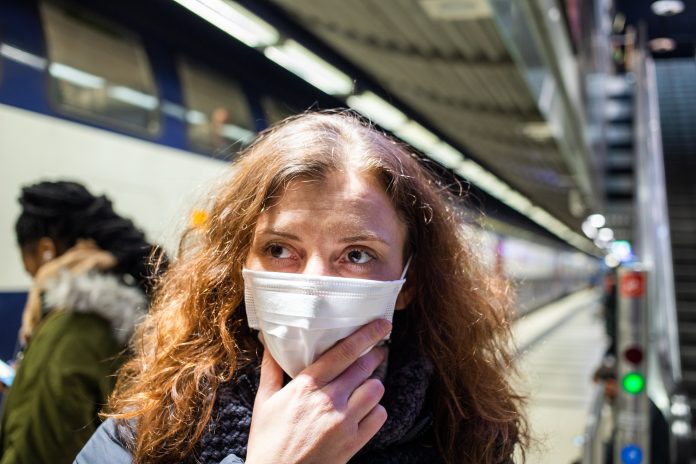Coronavirus is now a potent word: We dilute the fake news down to facts, describing the WHO-approved methods to protect you from catching Coronavirus
As of 12 February, there are 45,171 confirmed cases of 2019-nCoV, also known as Coronavirus.
44,730 of those cases were in mainland China, whilst 441 happened outside of China. And there are currently 1,115 deaths, worldwide.
The first Coronavirus cases were confirmed in the UK on 31 January.
Whilst this figure is immense, leading the WHO to declare the outbreak a global health emergency on 31 Jan, the genuine number of existing cases is ambiguous. Currently, there is no available medication to directly stop this strain, but there is ongoing research in China with the antiviral drug Remdesivir (used to treat Ebola), with the hope that it can be adapted for 2019-nCoV.
Kai Kupferschmidt succinctly highlighted the struggle for WHO Director-General, Dr. Tedros Adhanom Ghebreyesus:
“If Tedros wants WHO to stay informed about what’s happening in China and influence how the country handles the epidemic, he cannot afford to antagonise the notoriously touchy Chinese government—even though it is clear the country has been less than fully transparent about the outbreak’s early stages, and perhaps still is.
“Critics say that stance puts WHO’s moral authority at risk.”
This tricky relationship is at the heart of a worldwide pandemic, as statistics from China about cases, stages and locations give medical staff and researchers the tools to approach the virus.
Who told the world about the imminent rise of Coronavirus?
We already know that on 23 January, the Chinese government suspended all transport for Wuhan. However, despite the imminent extension of quarantine to 15 nearby cities and a population of roughly 50 million people, an estimated five million people had left Wuhan.
It was Li Wenliang who told his colleagues in late December, that there was a mysterious virus. He was then detained for “spreading false rumours”, held in Wuhan on 3 January and even forced to sign a document agreeing that he had broken the law. Many researchers and scientists suggest that China kept quiet how fast and how the virus was spreading. China announced a “pneumonia” outbreak on 31 December. Li Wenliang messaged these colleagues through social media, and begun the chain of events that would lead to mass mobilisation of global health authorities today.
This doctor was on the frontlines of treating Coronavirus, contracting it himself and dying in Wuhan central hospital, aged 34.
The Chinese community, censored online, attempted to honour his work and what he tried to do.
The hashtag # I want freedom of speech # on Weibo is now gone. It had drawn 1.8 million views as of 5 a.m.
Even the phrase itself has been censored.
Not allowed to speak.
Not allowed to die.
Now allowed to be angry.
Not allowed to desire.Are we allowed to at least remember? pic.twitter.com/bSQtpBKSOU
— Nectar Gan (@Nectar_Gan) February 7, 2020
What should you do to avoid getting Coronavirus?
Coronavirus travels but does not live long on surfaces, with scientists estimating a timeframe of hours – however, these hours are crucial for the spread of this strain. Realistically, most of us will continue to use public transport. If you’re lucky enough to be outside of a quarantined zone, this is what the WHO recommends for you to limit your chances of catching Coronavirus.
Here are four things to be aware of:
1. Masks:
These surgical masks have become a symbol of this epidemic, but alone, they will do little to stop Coronavirus. The official advice is that they don’t harm your chances, but using them excessively will create an unnecessary shortage of resources.
2. Hands
Your hands need to be constantly sanitised, whether by washing as frequently as possible or using an alcohol-based hand sanitiser to kill the virus if you’ve literally picked it up. This will also help to control the spread that is happening on public transport.
3. Face
Try to avoid touching your eyes, nose, ear and mouth. Especially if you haven’t had chance to wash your hands properly after being outside. This will prevent you contaminating yourself if you’re carrying Coronavirus on your hands.
4. Distance
The distance that you should keep from others in public is 1 metre, or 3 feet. This is the range that should keep you out of range of coughing or sneezing, to avoid absorbing any contaminated droplets. Similarly, we must make sure we are sneezing into elbows, catching and binning germs where possible.











